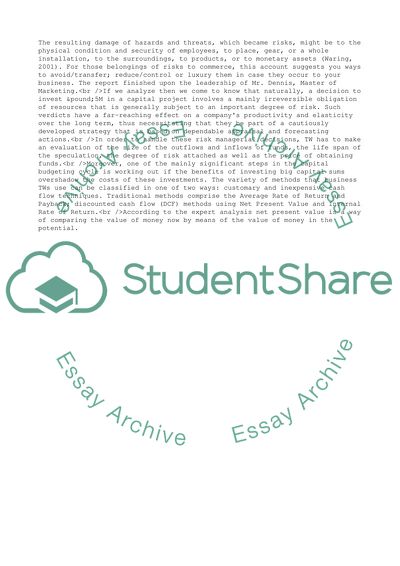Cite this document
(Value & Risk Management in Construction Case Study, n.d.)
Value & Risk Management in Construction Case Study. https://studentshare.org/management/1713399-value-risk-management-in-construction
Value & Risk Management in Construction Case Study. https://studentshare.org/management/1713399-value-risk-management-in-construction
(Value & Risk Management in Construction Case Study)
Value & Risk Management in Construction Case Study. https://studentshare.org/management/1713399-value-risk-management-in-construction.
Value & Risk Management in Construction Case Study. https://studentshare.org/management/1713399-value-risk-management-in-construction.
“Value & Risk Management in Construction Case Study”. https://studentshare.org/management/1713399-value-risk-management-in-construction.


